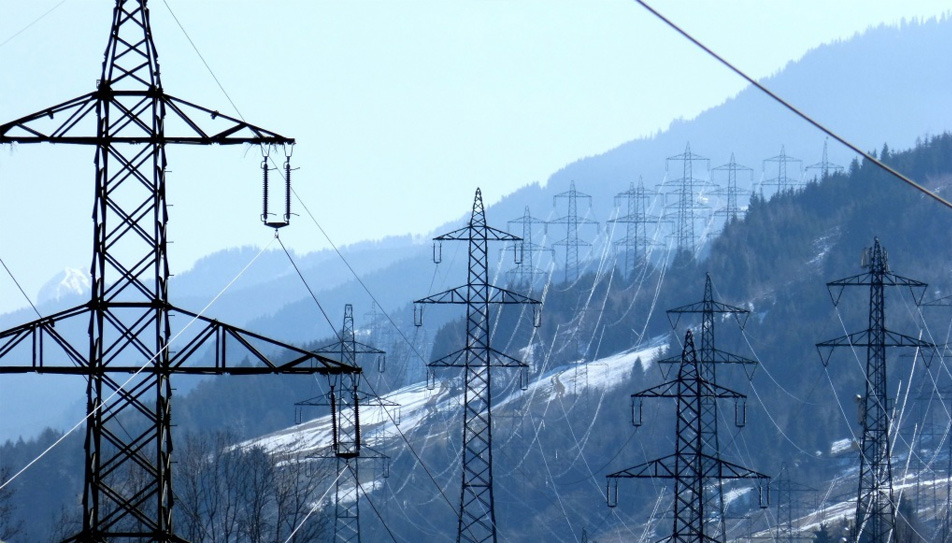The HYT5D operating mechanism can be used for closing and breaking 550kV GIS isolation, grounding switch and isolation switch, grounding switch and load switch with the required torque equivalent. This mechanism is a spring mechanism, and the mechanism has two operation functions of manual and electric at the same time. This mechanism uses the principle of spring symmetry and centering, and through the forward and reverse rotation function of the motor, the mechanism can compress the spring to achieve rapid opening and closing. And the output angle can be fine-tuned through the oil buffer and magnetic blow switch.
1. The output angle of this mechanism is ±60° (can be customized according to user requirements, but the angle cannot exceed 90 degrees).
2. Spring force value: 4800±100N (can be customized according to user requirements).
3. The rated voltage dividing and closing time≤ 8 S. (including energy storage time).
4. Use CSK type magnetic blow switch. The current that can be continuously passed through the contact is 10A at AC220V and 3A at DC220V.
5. Use the F12 type auxiliary switch. In general, it is a 12 open and 12 closed auxiliary switch, and a 10 open and 10 closed auxiliary switch.
6. The secondary connector is an imported industrial connector, the industrial connector isin the mechanism, there is no upper cover base, and the secondary industrial connector is only equipped with tolerance female plug with 24 pins, 46 pins, 64 pins, etc.
7. Technical parameters of energy storage motor
| Model |
HDZ-25503 type |
| Rated operating voltage |
AC and DC 220V |
| Rated output power of the motor |
550W |
| Normal operating voltage range |
85%-110% |










